

Damion Smy
Suzuki Fronx recalled after seatbelt failure sparks ‘urgent investigation’
6 Hours Ago
Australians love SUVs. With tougher looks and the impression of a higher, safer driving position, plus the supposed ability to get somewhat off the beaten track, consumers are flocking to the compact and small SUV market.
In the first half of 2020, VFACTS recorded SUVs as having 47.1 per cent share in the Australian car market, where passenger cars (conventional hatches and sedan) only take up a measly 22.7 per cent.
Most compact SUVs are essentially hatches on stilts, with added plastic cladding and roof rails, optional all-wheel drive on some models, and (often) a price increase over their hatchback counterparts.
What are the true differences between the best selling light and small SUVs and their closest hatchback siblings?
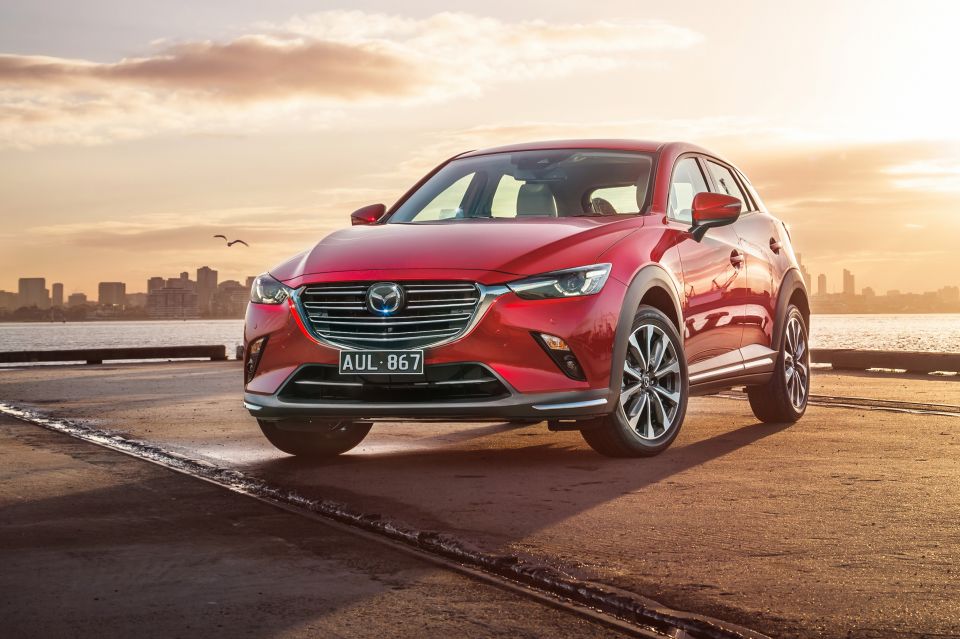
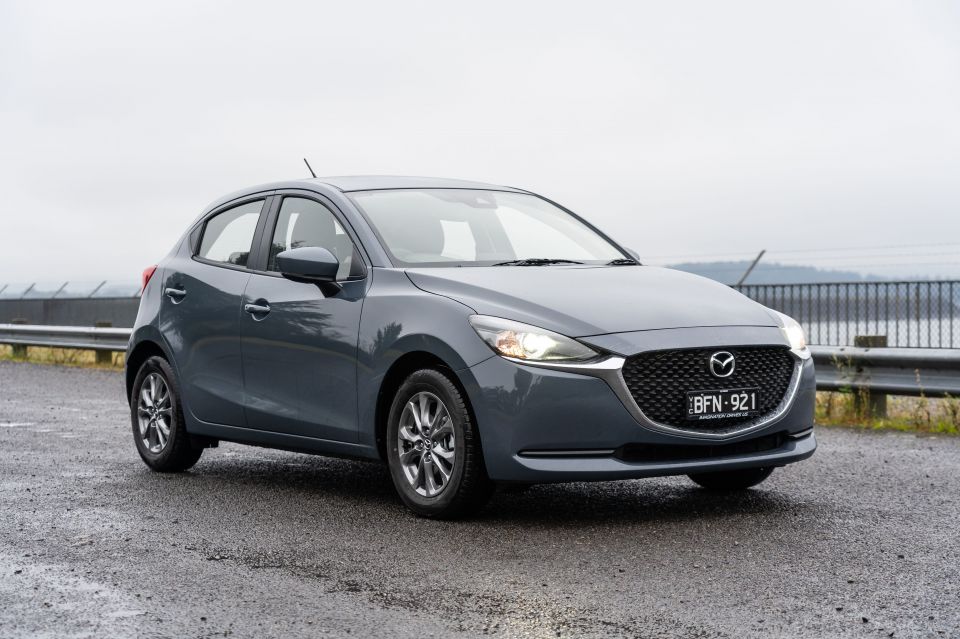
The Mazda CX-3 launched in 2015, and remains on sale today after several updates.
Mazda’s entry-level light SUV shares its underpinnings with the Mazda 2 hatchback, using the same platform. Both models even have the same interior design, but the Mazda 2 is produced at the Rayong factory in Thailand, and the CX-3 is built in Hiroshima. They are powered by different engines, too.
The current CX-3 starts from $22,710 before on-road costs, while the Mazda 2 is priced from $20,990 before on-roads in either hatch or sedan form.
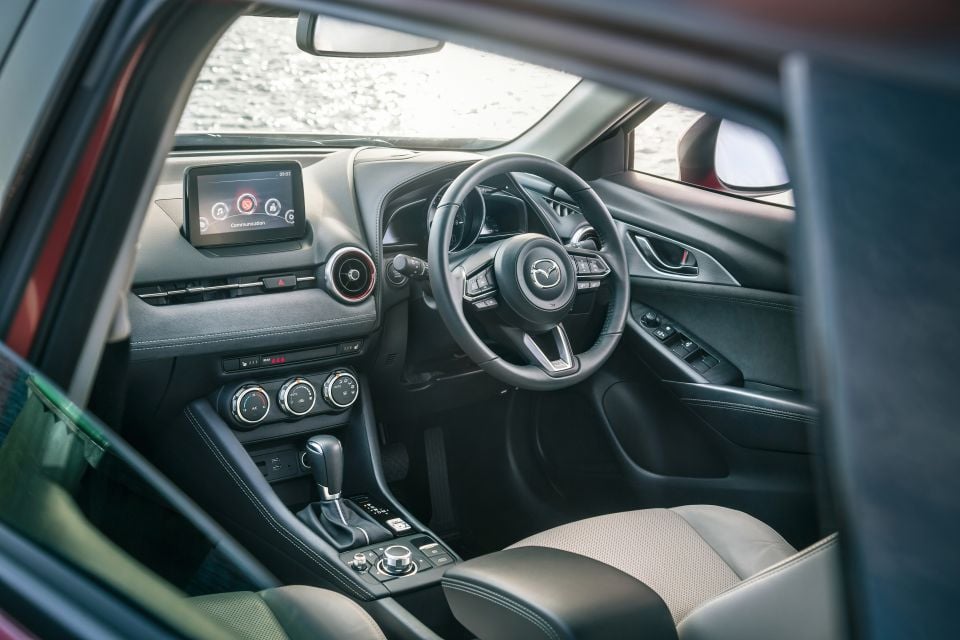
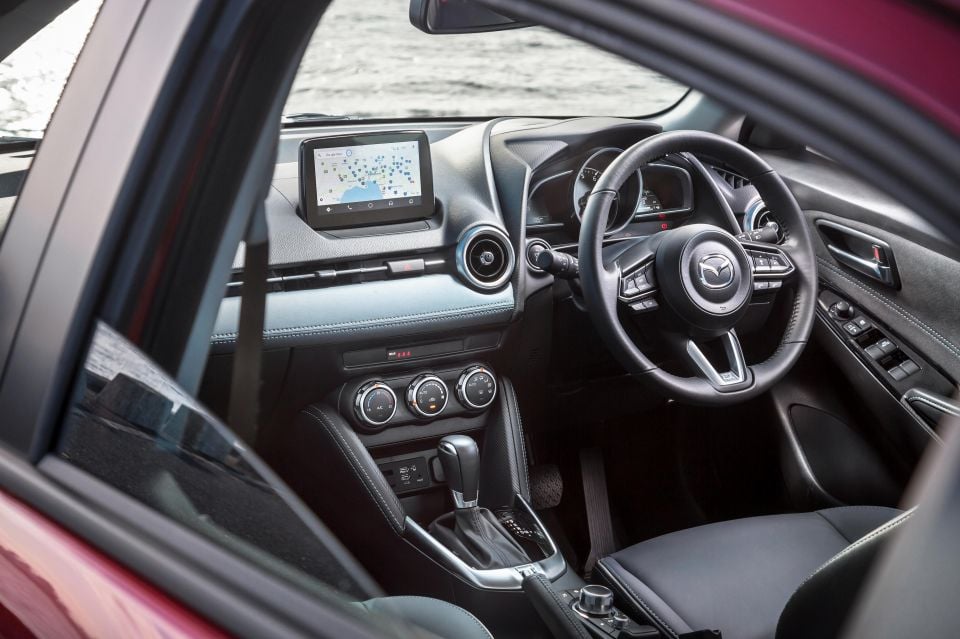
This represents an extra outlay of nearly $2000 – but keep in mind that the Mazda 2 recently received a facelift that upped its starting price by 30 per cent compared to its predecessor.
Dimension-wise, the CX-3 is slightly larger; however, its ground clearance increase is marginal at only 3mm – about the size of a pavement ant’s body.
| Mazda CX-3 | Mazda 2 (hatchback) | |
|---|---|---|
| Length (mm) | 4275 | 4065 |
| Width (mm) | 1765 | 1695 |
| Height (mm) | 1535 | 1495 |
| Ground clearance (mm) | 155 | 152 |
| Wheelbase (mm) | 2570 | 2570 |
| Boot space with all seats upright (L) | 264 | 250 |
| Kerb weight (kg) | 1346 | 1050 |
| Turning circle(m) | 10.6 | 9.8 |
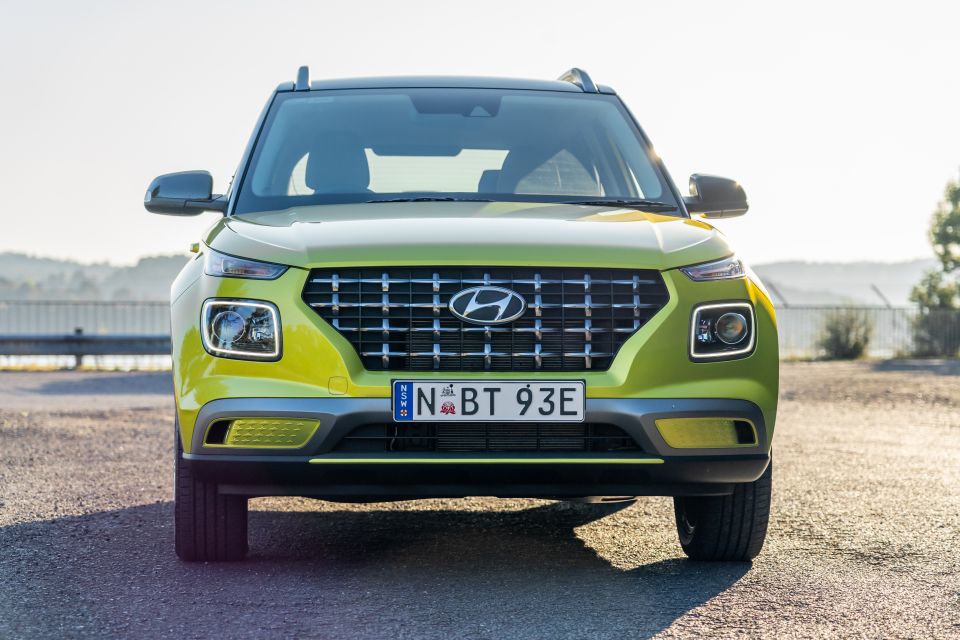
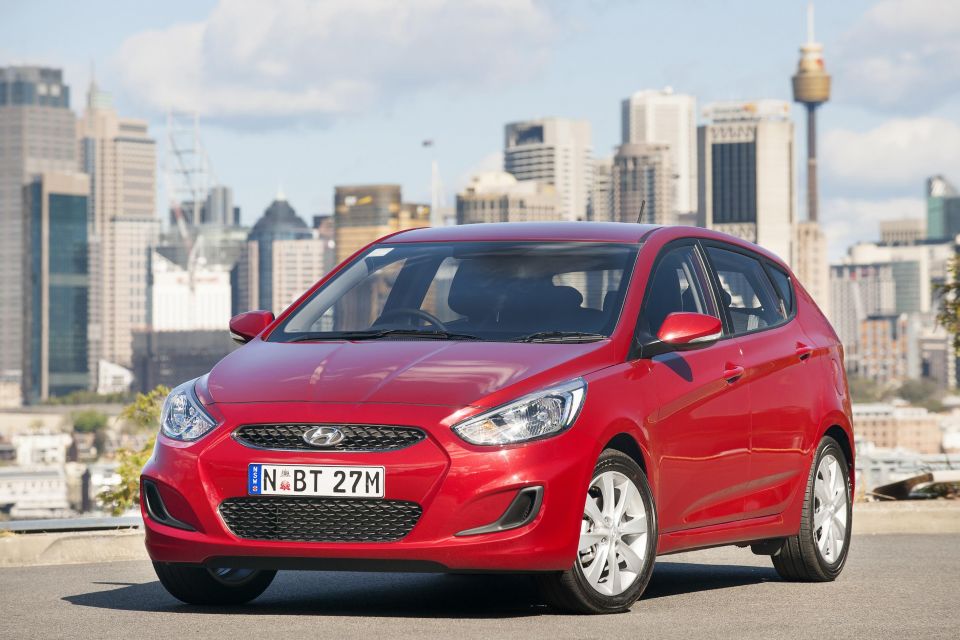
Hyundai’s newest badge, the Venue, was introduced last year to replace the ageing Hyundai Accent city car – positioning it as the ideal Hyundai model for first car buyers.
The Hyundai Venue rides on the Hyundai-Kia GB platform underpinning the newest fifth-generation Hyundai Accent sold overseas.
The last Accent sold locally was the fourth-generation RB series Accent, with the local arm ditching the compact car due to the lack of right-hand drive production from the South Korea factory. It marked the end of a 20-year-old nameplate in Australia.
The RB Accent sits on a separate Hyundai-Kia PB platform. However, both models came from the brand’s Ulsan plant in South Korea.
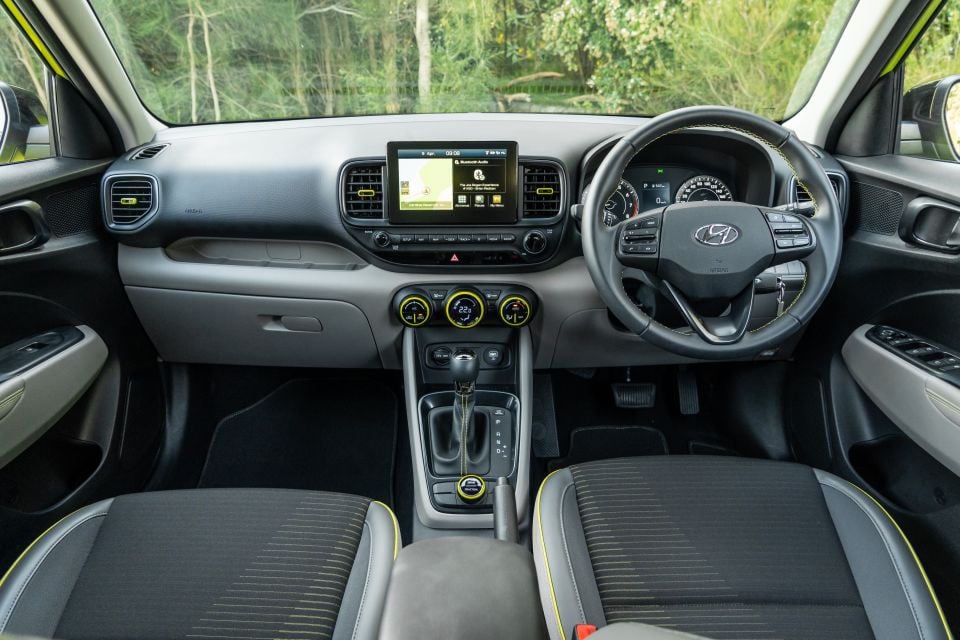
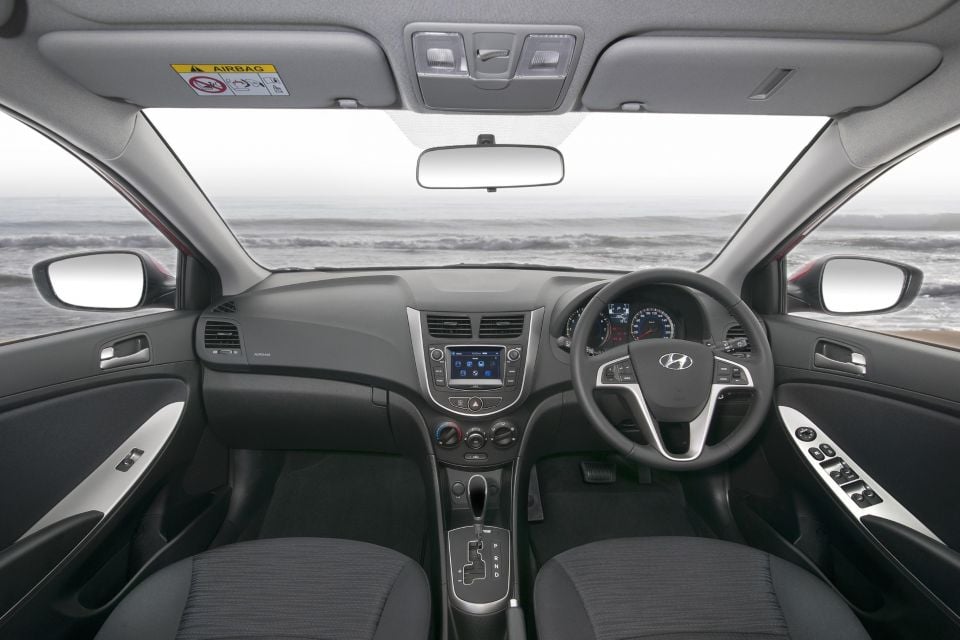
The Hyundai Venue light SUV costs from $20,190 before on-road costs, while the Accent city car was priced at a more affordable $15,490 before on-roads during its clearance run for either hatch or sedan body styles.
While the entry impost into Hyundai’s range is now nearly $5000 dearer, the South Korean brand does pack vital active safety equipment into the base Venue Go model – something the Accent lacked.
Interestingly, while the Accent hatch is longer and wider, the compact Venue is slightly heavier but lives up to its SUV intentions with 30mm of extra ground clearance.
| Hyundai Venue | Hyundai Accent (hatchback) | |
|---|---|---|
| Length (mm) | 4040 | 4115 |
| Width (mm) | 1770 | 1700 |
| Height (mm) | 1592 | 1450 |
| Ground clearance (mm) | 170 | 140 |
| Wheelbase (mm) | 2520 | 2570 |
| Boot space with all seats upright (L) | 355 | 370 |
| Kerb weight (kg) | 1200 | 1150 |
| Turning circle(m) | 10.2 | 10.4 |
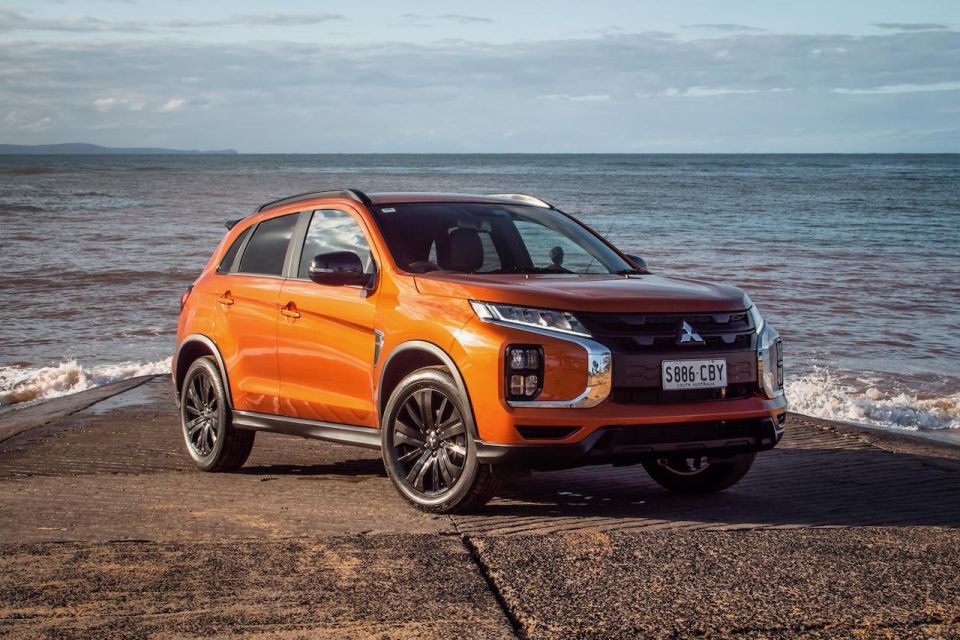
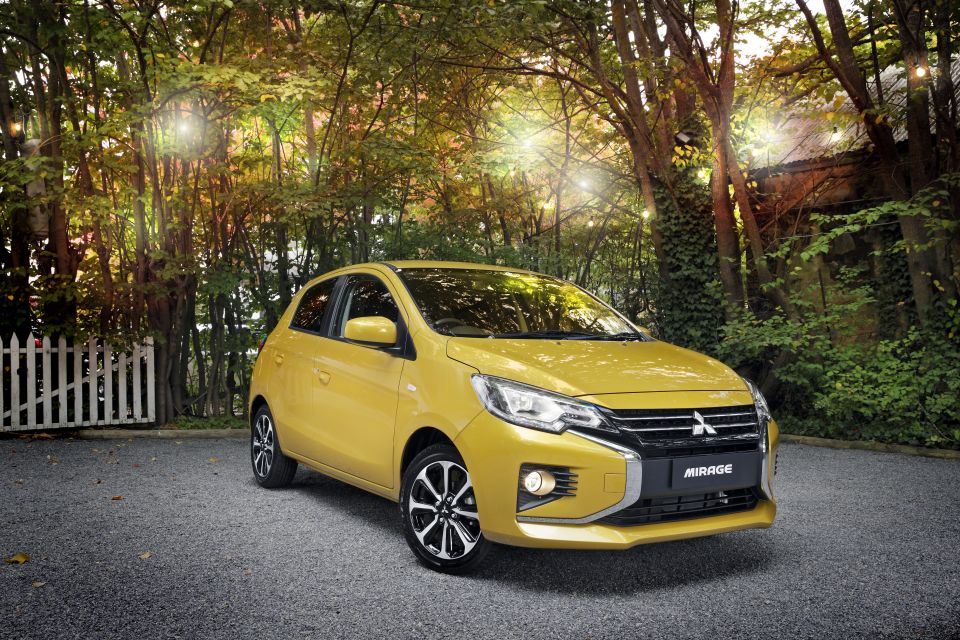
The Mitsubishi ASX has undergone countless updates and facelifts since its inception in 2010, and remains a strong seller a decade on.
The small SUV sits on the Mitsubishi GS platform, shared with the now-defunct seventh-generation Mitsubishi Lancer.
The only passenger model remaining in the Japanese brand’s range is the city-sized Mirage hatchback. It rides on the Mitsubishi “global small” platform, and received its first major revision since its 2012 launch this year.
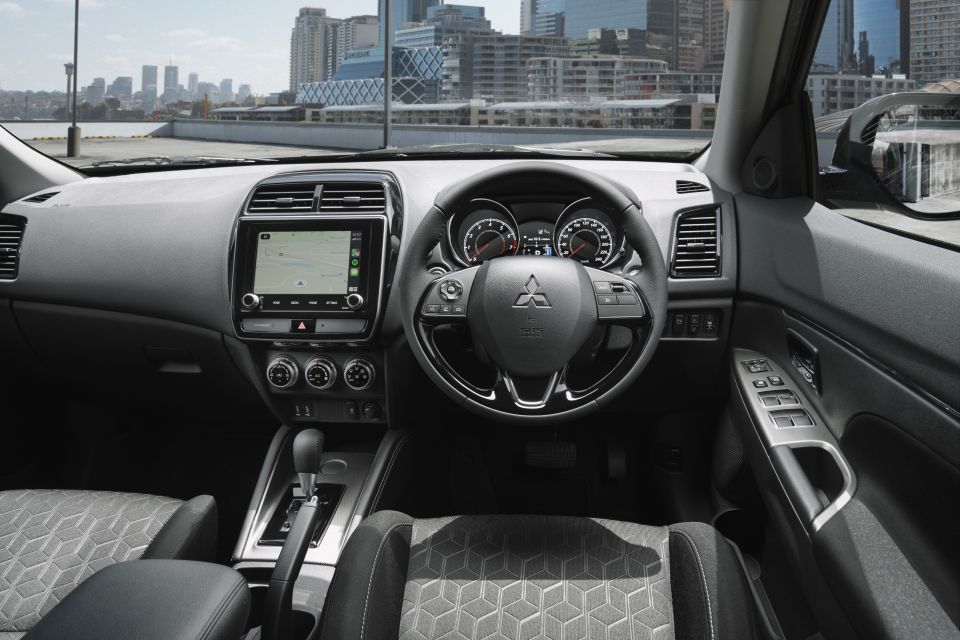
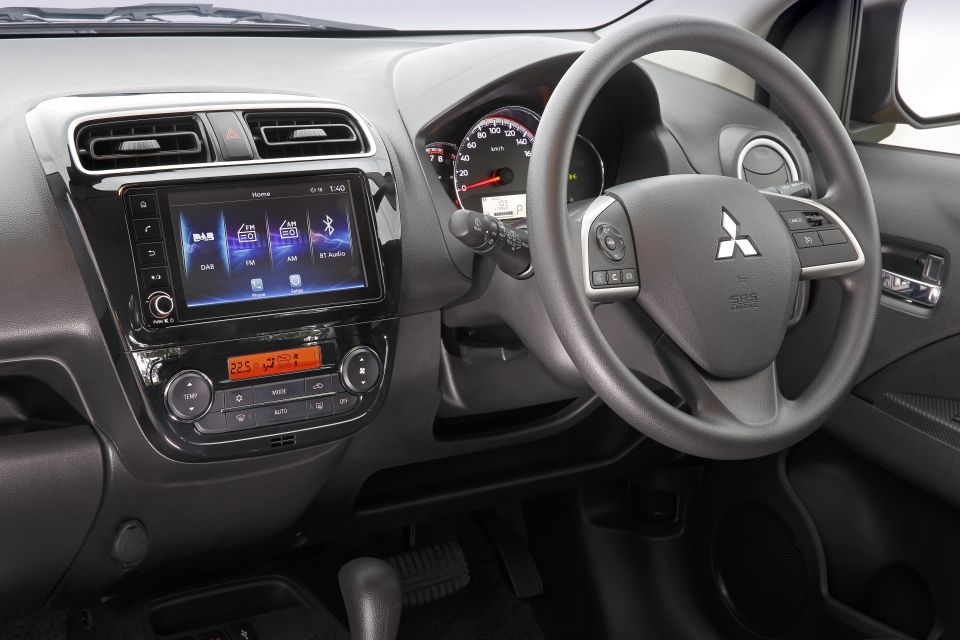
Both are stalwart Mitsubishi models, but Australia sources the ASX from the Mizushima plant in Japan, while the Mirage is made at the Laem Chabang site in Thailand.
The ASX SUV starts from $23,990 before on-road costs. By contrast, the Mirage compact car is priced from $14,990 before on-roads.
This staggering $9000 difference is somewhat offset by the ASX’s extra standard equipment and larger dimensions in every aspect compared to the pint-sized Mirage – which is from a class below.
| Mitsubishi ASX | Mitsubishi Mirage | |
|---|---|---|
| Length (mm) | 4365 | 3845 |
| Width (mm) | 1810 | 1665 |
| Height (mm) | 1640 | 1510 |
| Ground clearance (mm) | 205 | 160 |
| Wheelbase (mm) | 2670 | 2450 |
| Boot space with all seats upright (L) | 393 | 235 |
| Kerb weight (kg) | 1350 | 865 |
| Turning circle | 10.6 | 9.2 |
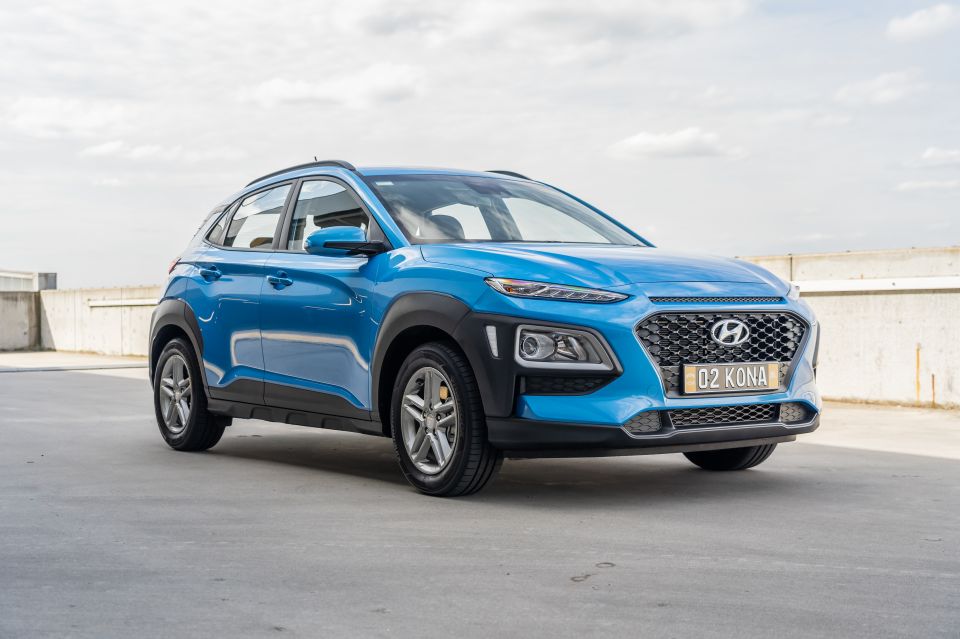
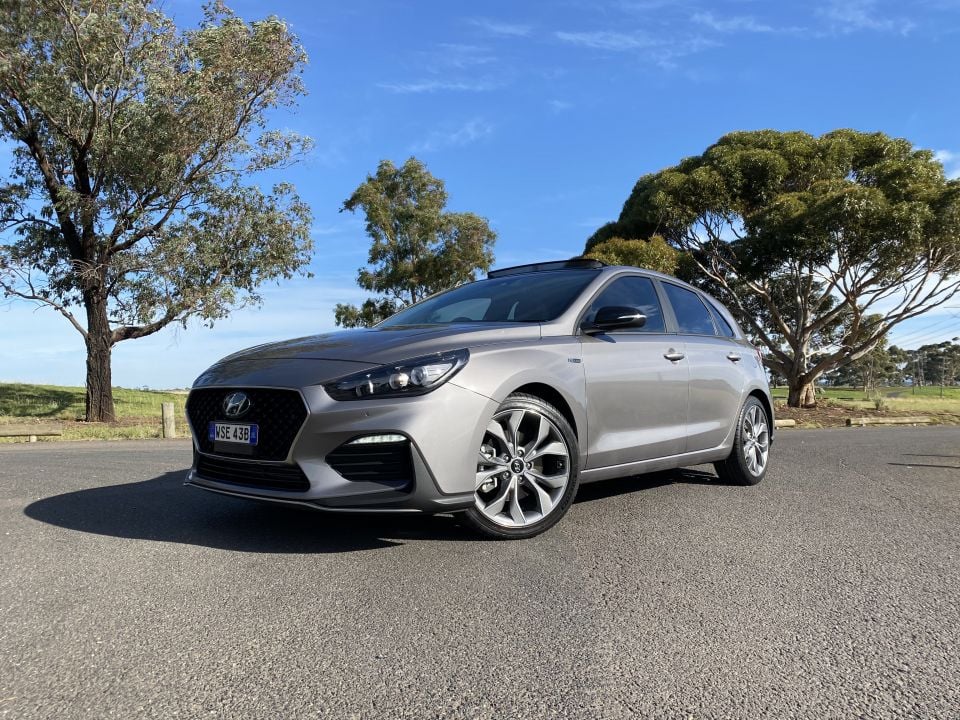
The second-best selling small SUV in the first half of 2020 is the Hyundai Kona. It launched in 2018, and is the only model in this list that is available with a pure-electric drivetrain (and a hybrid in overseas markets).
The Kona rides on a separate B-SUV platform compared to the Hyundai i30 small hatchback, which is underpinned by the Hyundai-Kia J6 platform.
Despite this, both models are manufactured in Hyundai’s Ulsan plant in South Korea.
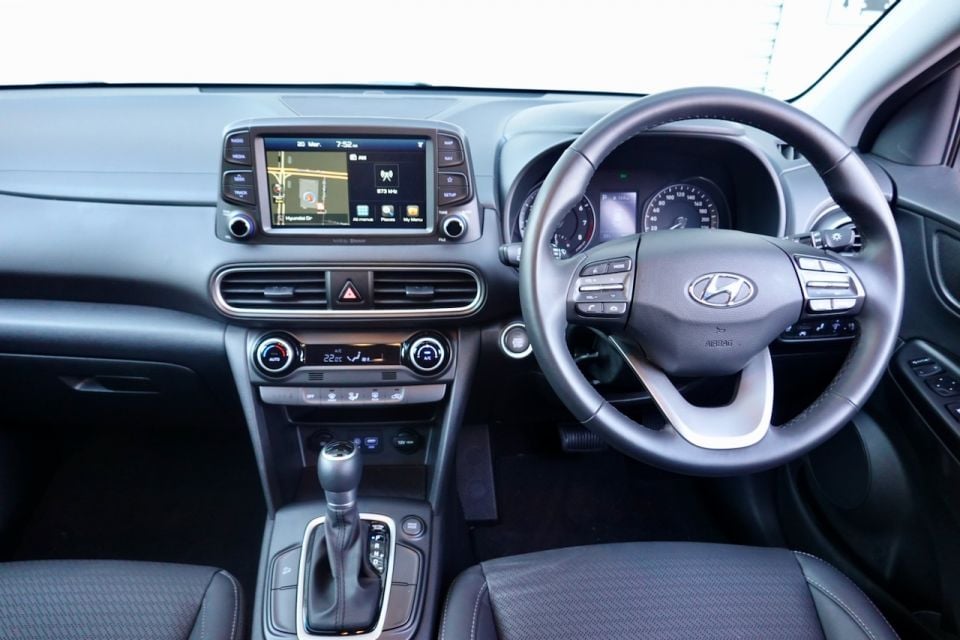
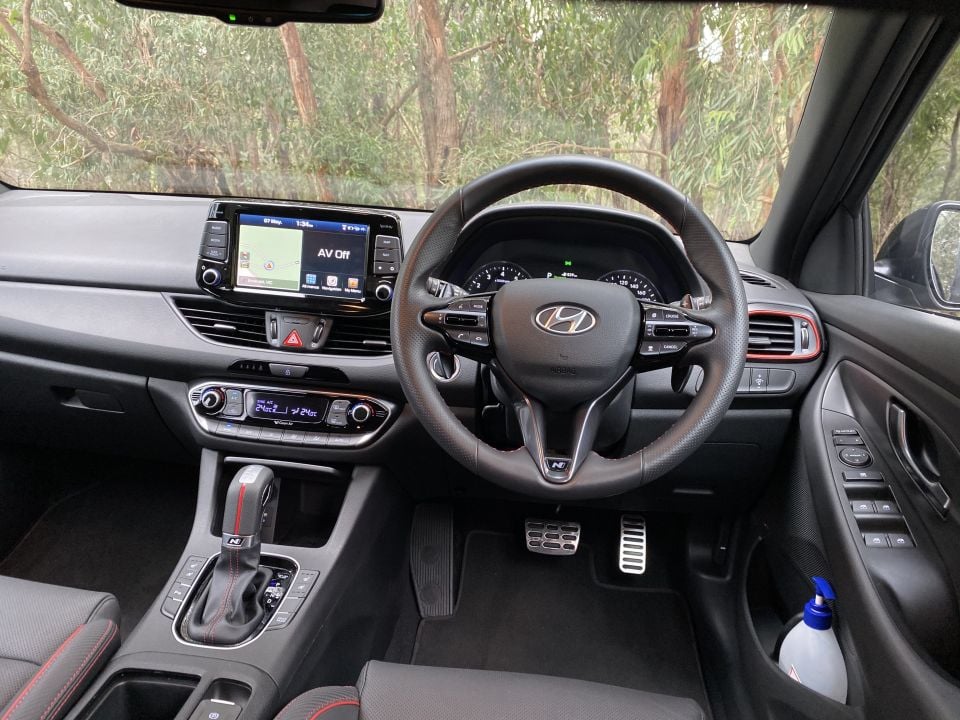
The Hyundai Kona small SUV is priced from $24,300 before on-road costs, while the i30 small hatchback starts from $20,440 before on-roads.
This means there’s a nearly $3900 extra to step up to enter into an equivalent Hyundai SUV.
Contradicting SUV stereotypes, the Kona is actually shorter in length and wheelbase than the i30, which also equates to 34L less boot space. Although their turning circles are identical, the Kona does give an additional 30mm of ground clearance over the i30 hatch.
| Hyundai Kona | Hyundai i30 (hatchback) | |
|---|---|---|
| Length (mm) | 4165 | 4340 |
| Width (mm) | 1800 | 1795 |
| Height (mm) | 1565 | 1455 |
| Ground clearance (mm) | 170 | 140 |
| Wheelbase (mm) | 2600 | 2650 |
| Boot space with all seats upright (L) | 361 | 395 |
| Kerb weight (kg) | 1383 | 1357 |
| Turning circle | 10.6 | 10.6 |
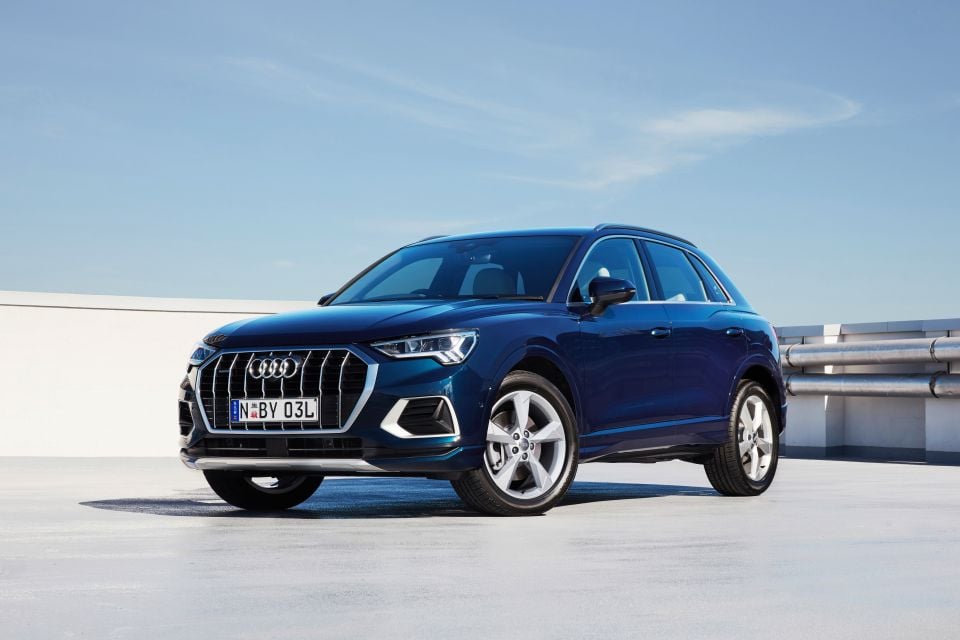
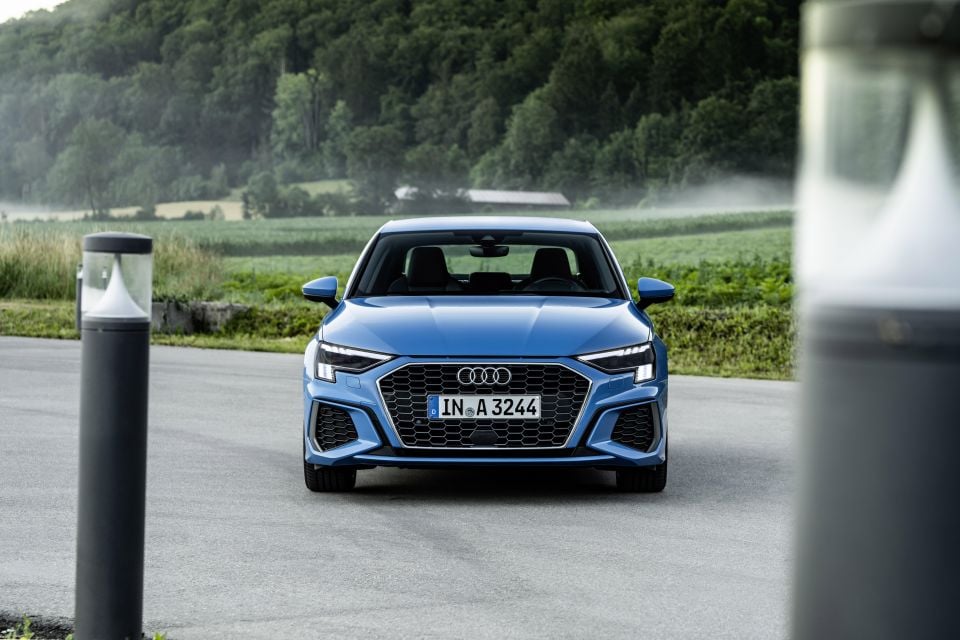
Audi has brought an all-new Q3 model for 2020 in two body styles.
The latest Audi Q3 small crossover SUV is underpinned by the Volkswagen Group’s modular MQB platform. Its passenger car sibling, the Audi A3, has a new-generation model due around early 2021, which will also sit on the MQB architecture.
The Q3 is made in the German marque’s Győr factory in Hungary, though the forthcoming A3 Sportback will be produced in Germany.
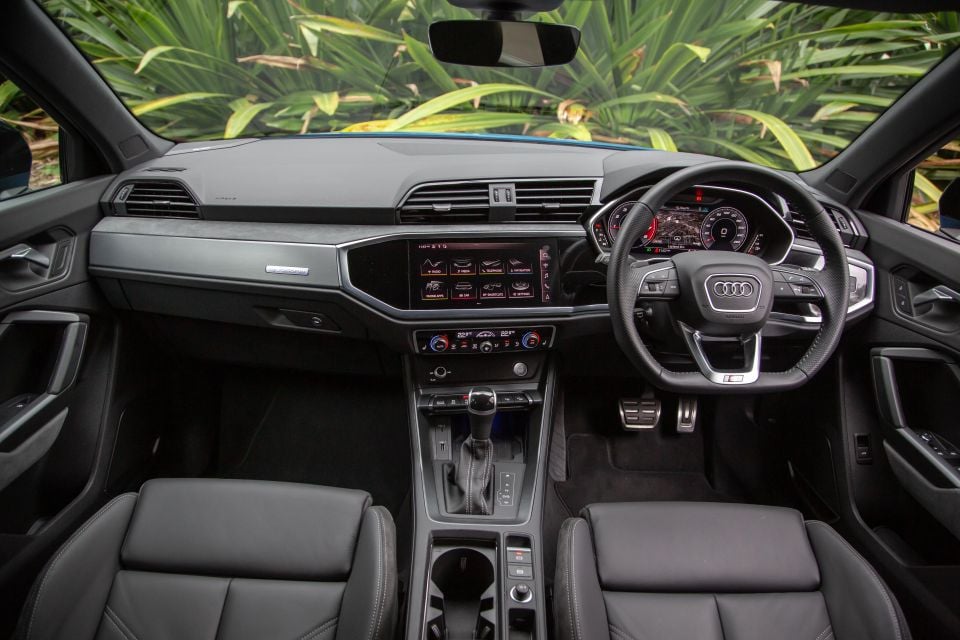
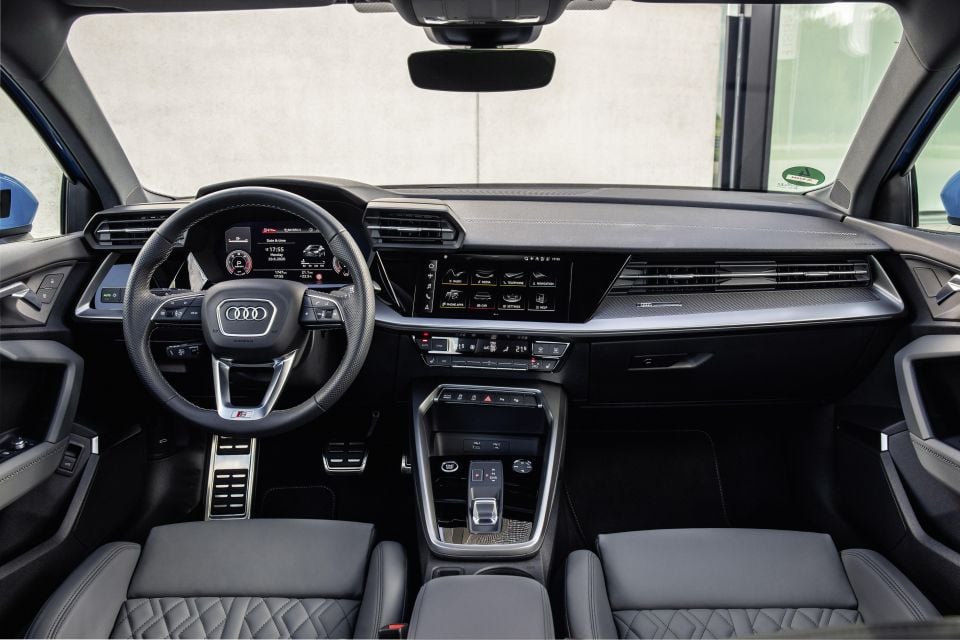
The luxury Audi Q3 is priced from $46,400 before on-road costs. Pricing for the second-generation Audi A3 Sportback hatch hasn’t been announced, but expect a price tag north of $40,000 before on-roads.
The Q3 in its standard body form lives up to its SUV credentials with larger dimensions and a more practical boot than the upcoming 2021 A3 Sportback.
| Audi Q3 | Audi A3 Sportback | |
|---|---|---|
| Length (mm) | 4485 | 4340 |
| Width (mm) | 1849 | 1820 |
| Height (mm) | 1640 | 1430 |
| Ground clearance (mm) | 191 | TBC |
| Wheelbase (mm) | 2677 | 2640 |
| Boot space with all seats upright (L) | 530 | 380 |
| Kerb weight (kg) | 1545 | 1280 |
| Turning circle(m) | 11.8 | 11.1 |


The BMW X1 is Australia’s second-best selling small luxury SUV in the first-half of 2020.
The F48 series X1 is based on the UKL2 platform and has been sold since 2015. It shares its underpinnings with the recently launched new-generation F40 series BMW 1 Series hatchback.
Both entry-level Beemers are made at the brand’s Regensburg factory in Germany.
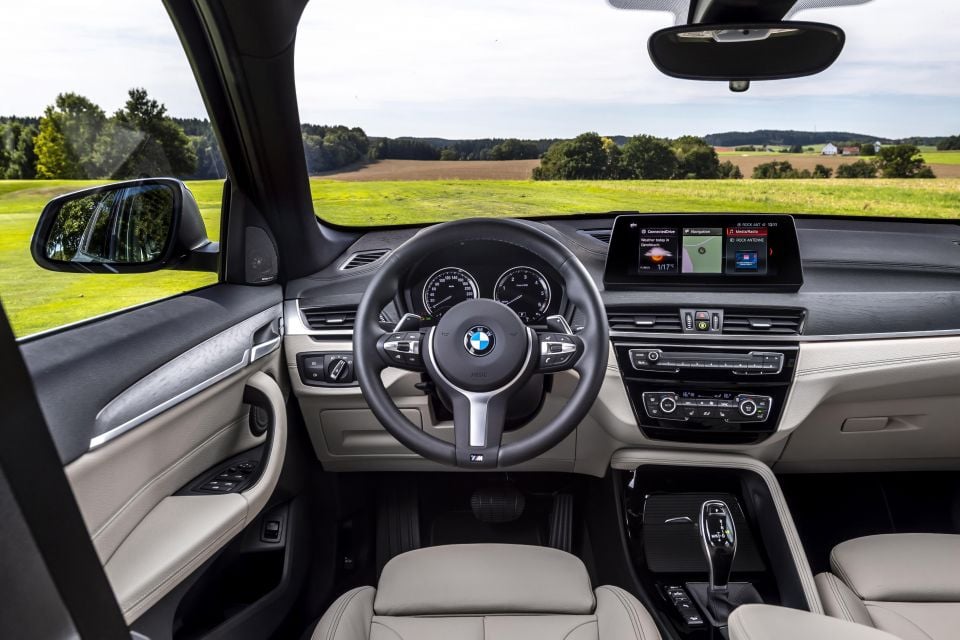

The BMW X1 SUV is priced from $46,900 before on-road costs, while the 1 Series slightlyundercuts itby starting from $45,990 before on-roads.
While there’s only $910 separating the two Bavarian models, the BMW X1 is taller and more practical than its 1 Series sibling. Though, both models have the same turning circle.
| BMW X1 | BMW 1 Series | |
|---|---|---|
| Length (mm) | 4447 | 4319 |
| Width (mm) | 1821 | 1799 |
| Height (mm) | 1598 | 1434 |
| Ground clearance (mm) | 183 | 153 |
| Wheelbase (mm) | 2670 | 2670 |
| Boot space with all seats upright (L) | 505 | 380 |
| Kerb weight (kg) | 1430 | 1320 |
| Turning circle(m) | 11.4 | 11.4 |


Damion Smy
6 Hours Ago
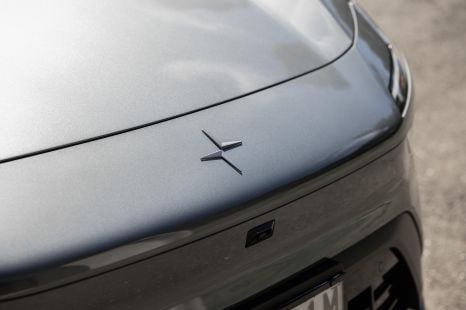

Damion Smy
7 Hours Ago


Damion Smy
9 Hours Ago


Damion Smy
11 Hours Ago


CarExpert.com.au
12 Hours Ago


Ben Zachariah
14 Hours Ago